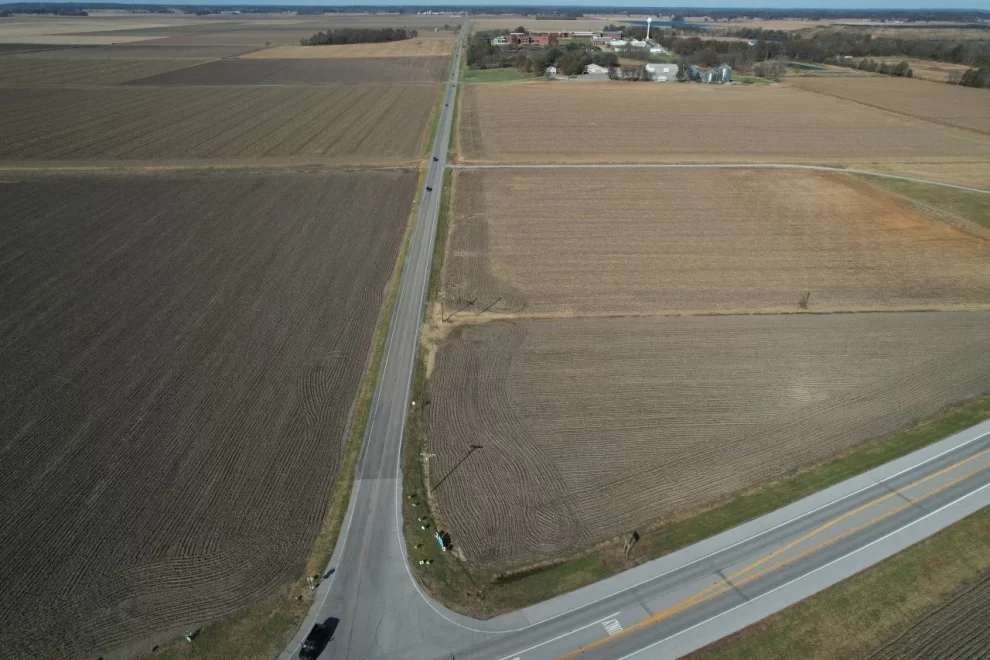(NEXSTAR) — When you think of the heart of Illinois, maybe you think of Chicago or its capital, Springfield. Geographically speaking, maybe you think of the area around Decatur.
If it’s the latter, you aren’t far off.
Since the first census in 1790, the U.S. Census Bureau has been calculating the “center of population” in the country. This is a point where an imaginary, flat, weightless, and rigid map of the U.S. would balance perfectly if everyone were of identical weight. It is the average location of where people in the U.S. live, according to the Census Bureau.
Data from the 2020 census found Hartville, Missouri, is the “heart” of America. Since 1980, Missouri towns have been the population centers, but the first-ever center in 1790 was in Maryland, just east of Baltimore.
In addition to calculating the center of population for the U.S., the Census Bureau is also able to calculate the “heart” of each state, including Illinois.
Based on the latest census, Illinois’ center of population is located at 41° 18′ 43″N 88° 22 23″W. That lands in what appears to be a field 800 feet from the Mazon River, about six miles northwest of Coal City.
The spot is technically part of Wauponsee Township. Almost 2,300 people call the Grundy County town home, according to Census data.
This is the farthest north Illinois’ center has been since the Census first tracked it in 1880.
That year, it was located at 40° 26′ 47″ N 88° 57′ 44″ W, just south of Bloomington along U.S. Highway 150 (which is the furthest south our center has ever been). In the decades after, the center point moved north, almost perfectly following I-55 toward Chicago through the mid-1900s.
In 1960, the center point turned further north, appearing to follow Highway 47 off of I-55, as if it were going to meet up with I-80.
You can view the progress of Illinois’ population center in the interactive map below.
It’s too soon to tell where Illinois’ next population center will be in 2030, though it will likely shift again.
Last year alone, more than 228,000 people moved to Illinois from outside the state, though that was offset by the roughly 344,000 people that left the state.





































